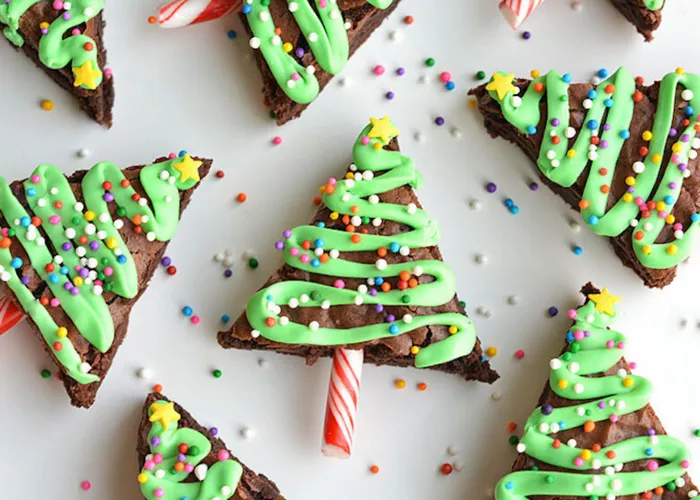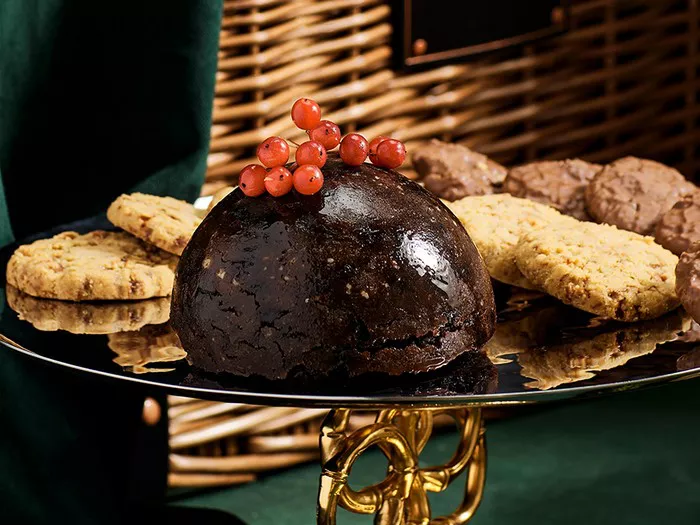Dogs are more than pets—they’re family. Celebrating their birthdays or milestones with a cake is a growing trend, but human desserts can harm them. Traditional ingredients like chocolate, sugar, and certain fats are toxic or unhealthy for dogs. Crafting a dog-friendly cake requires knowledge of safe ingredients, nutritional balance, and baking techniques tailored to canine digestion. This guide blends gastronomy principles with veterinary insights to help you create a delicious, safe, and visually appealing cake for your furry friend.
Key Ingredients
Avoid Harmful Additives
Human cakes rely on sugar, chocolate, and artificial sweeteners like xylitol—all dangerous for dogs. Xylitol, found in sugar-free products, can cause liver failure, while chocolate contains theobromine, which is toxic. Grapes, raisins, and macadamia nuts are also unsafe.
Choose Dog-Safe Alternatives
Focus on ingredients that support canine health:
Peanut Butter: Use unsweetened, xylitol-free varieties for protein and healthy fats.
Pumpkin Puree: High in fiber and vitamins, it aids digestion.
Carrots or Apples: Grated finely for natural sweetness and crunch.
Oat or Coconut Flour: Easier to digest than wheat flour (if your dog has sensitivities).
Plain Yogurt or Cottage Cheese: Adds moisture and probiotics.
Binding Agents and Leavening
Eggs bind ingredients and provide protein. A small amount of baking powder (aluminum-free) helps the cake rise, but avoid excess—dogs don’t need fluffy textures.
Step-by-Step Recipe
Tools You’ll Need
- Mixing bowls
- 6-inch round cake pan (or bone-shaped mold for fun)
- Parchment paper
- Whisk or spatula
Ingredients
- 1 cup oat flour (or whole wheat flour if tolerated)
- 1/4 cup unsalted, xylitol-free peanut butter
- 1/2 cup pumpkin puree (not pie filling)
- 1 egg
- 1 tsp baking powder
- 1/4 cup grated carrot or apple
- 1/4 cup water or low-sodium chicken broth
Instructions
Prep the Oven: Preheat to 350°F (175°C). Line the cake pan with parchment paper.
Mix Dry Ingredients: In a bowl, combine flour and baking powder.
Blend Wet Ingredients: In another bowl, whisk peanut butter, pumpkin, egg, and water/broth until smooth.
Combine: Gradually fold dry ingredients into the wet mix. Add grated carrot/apple.
Bake: Pour batter into the pan. Bake 20–25 minutes until a toothpick comes out clean.
Cool: Let the cake rest for 30 minutes to avoid crumbling.
Decorating Your Dog’s Cake Like a Pro
Frosting Options
Dogs don’t need sugary icing. Try these alternatives:
Yogurt Frosting: Mix plain Greek yogurt with a spoonful of peanut butter. Chill for 20 minutes to thicken before spreading.
Mashed Sweet Potato: Whip cooked sweet potato with a splash of broth for a creamy topping.
Garnishes
- Crushed dog biscuits
- Blueberries or sliced strawberries (in moderation)
- A sprinkle of turmeric or parsley for color (optional).
Presentation Tips
- Use silicone molds for fun shapes (bones, paws).
- Layer cakes with frosting between tiers for a “celebration” look.
- Add a dog-safe candle (never lit) for photos.
Tailoring the Cake to Your Dog’s Needs
Allergy-Friendly Variations
- Grain-Free: Substitute oat flour with coconut flour (use 1/3 cup, as it’s denser).
- Dairy-Free: Skip yogurt and use unsweetened applesauce as frosting.
- Protein Boost: Add 1 tbsp cooked, unseasoned ground turkey or salmon.
Portion Control
Even healthy cakes should be treats. Serve slices based on your dog’s size:
- Small dogs (under 20 lbs): 1–2 bites
- Medium dogs (20–50 lbs): 1/8 of the cake
- Large dogs (50+ lbs): 1/4 of the cake
Store leftovers in the fridge for up to 3 days or freeze for a month.
The Science Behind Dog-Friendly Baking
Digestibility Matters
Dogs have shorter digestive tracts than humans, so ingredients must be easy to break down. Fiber-rich pumpkin and moisture from peanut butter prevent dryness, which can cause choking.
Flavor vs. Nutrition
Dogs have fewer taste buds but a strong sense of smell. Aromatic ingredients like peanut butter or bone broth enhance appeal without relying on salt or sugar.
Texture Preferences
Research shows dogs prefer soft, meaty textures, but occasional crunchy elements (carrots) can mimic the satisfaction of chewing kibble.
Frequently Asked Questions
Can I use regular flour?
Yes, but whole wheat or oat flour offers more nutrients. Avoid almond flour—it’s high in fat and may cause stomach upset.
Is honey safe for dogs?
In tiny amounts, yes. However, avoid it for puppies under 1 year or diabetic dogs.
How often can dogs eat cake?
Limit to special occasions (once a month) to maintain a balanced diet.
Can I make a vegan dog cake?
Yes! Substitute eggs with 1 tbsp flaxseed + 3 tbsp water, and use plant-based yogurt.
What if my dog has a reaction?
Monitor for vomiting, diarrhea, or lethargy. Contact your vet immediately and share the ingredient list.
Conclusion
Baking for dogs combines creativity with responsibility. By choosing safe ingredients, prioritizing nutrition, and adapting culinary techniques, you can create a cake that’s both festive and healthy. Always consult your vet before introducing new foods, and remember—the joy on your dog’s face is the ultimate reward.
Related topics:
How Do You Make a Dog Birthday Cake
Top 15 Delightful Christmas Snacks to Elevate Your Holiday Spirit
























